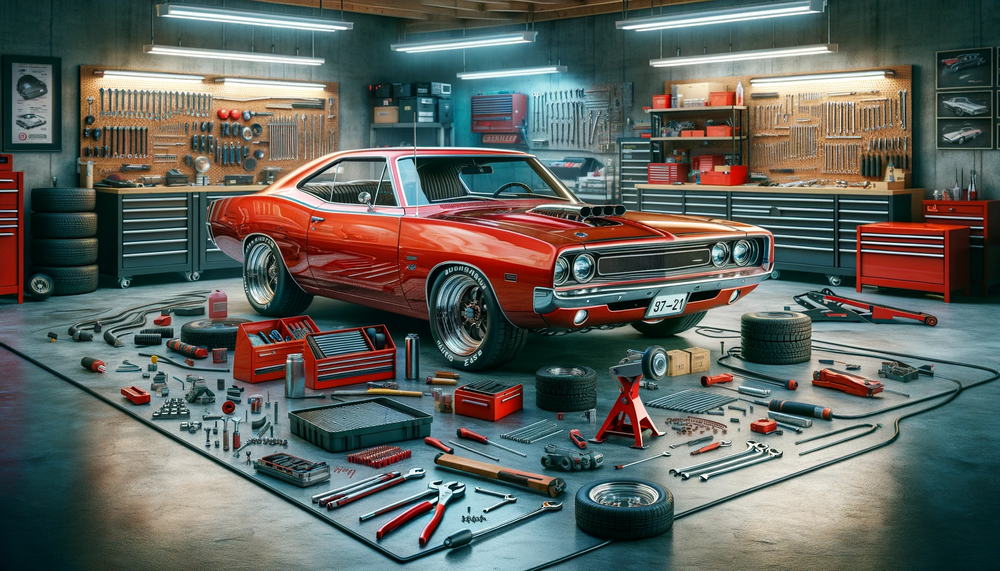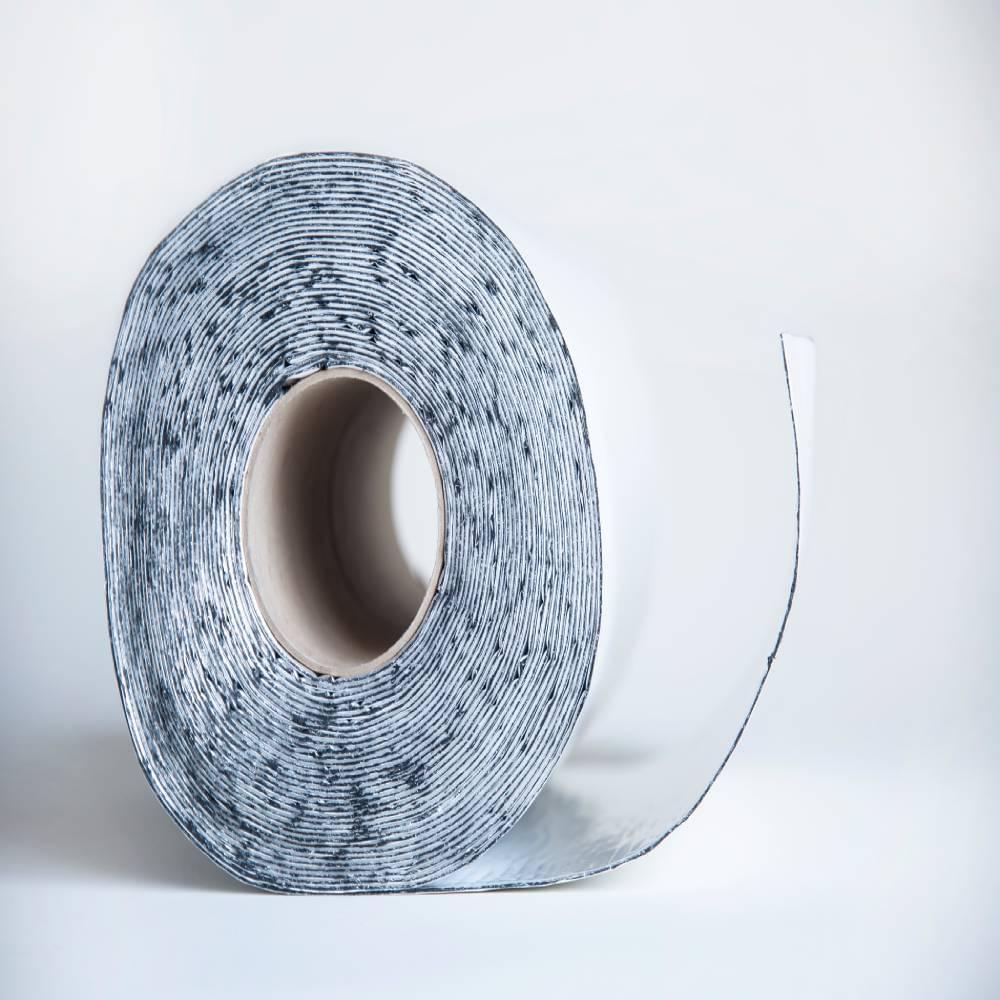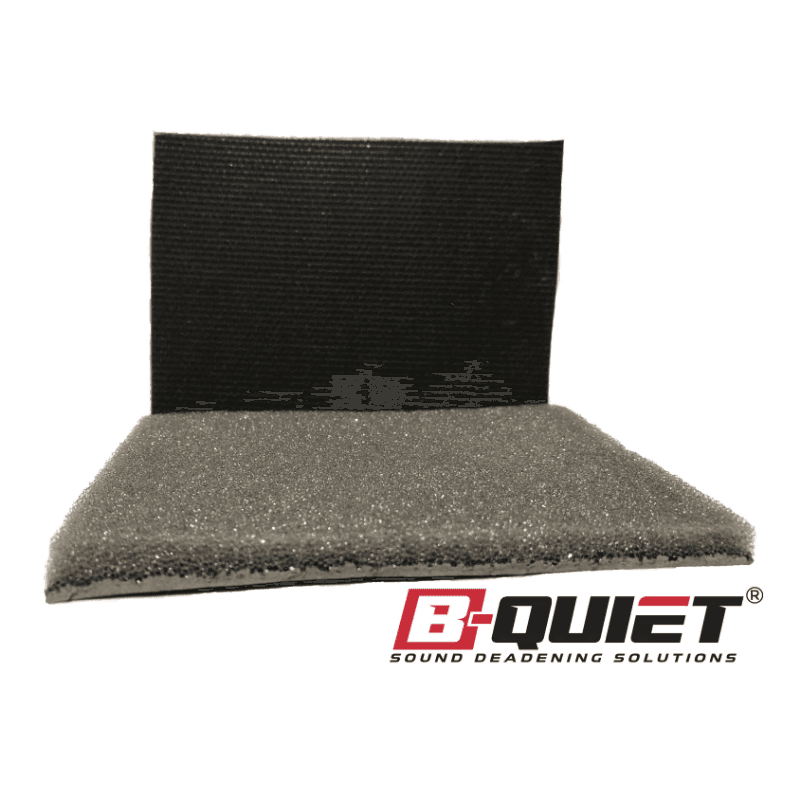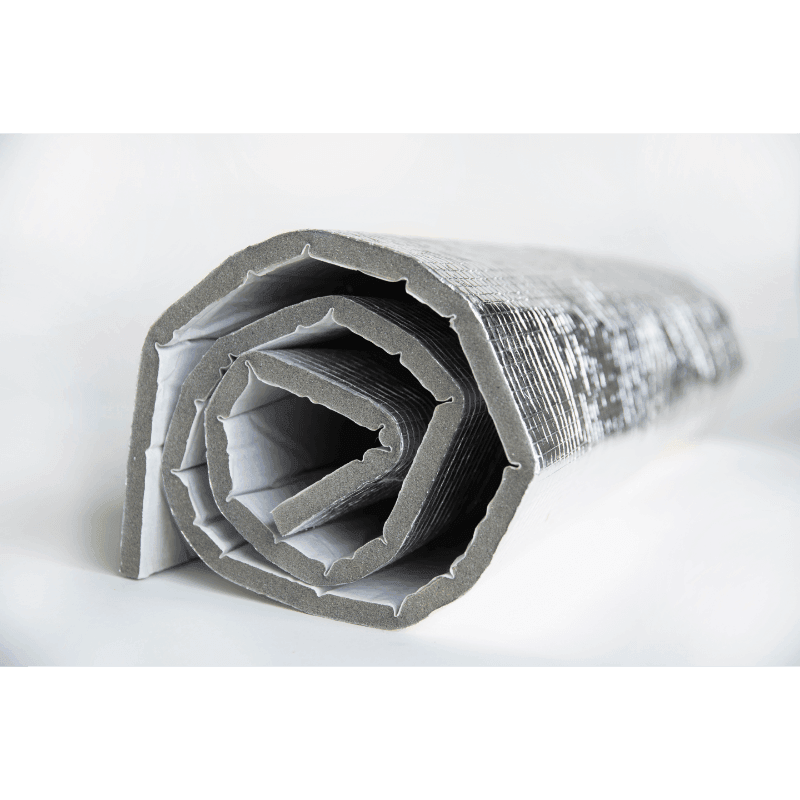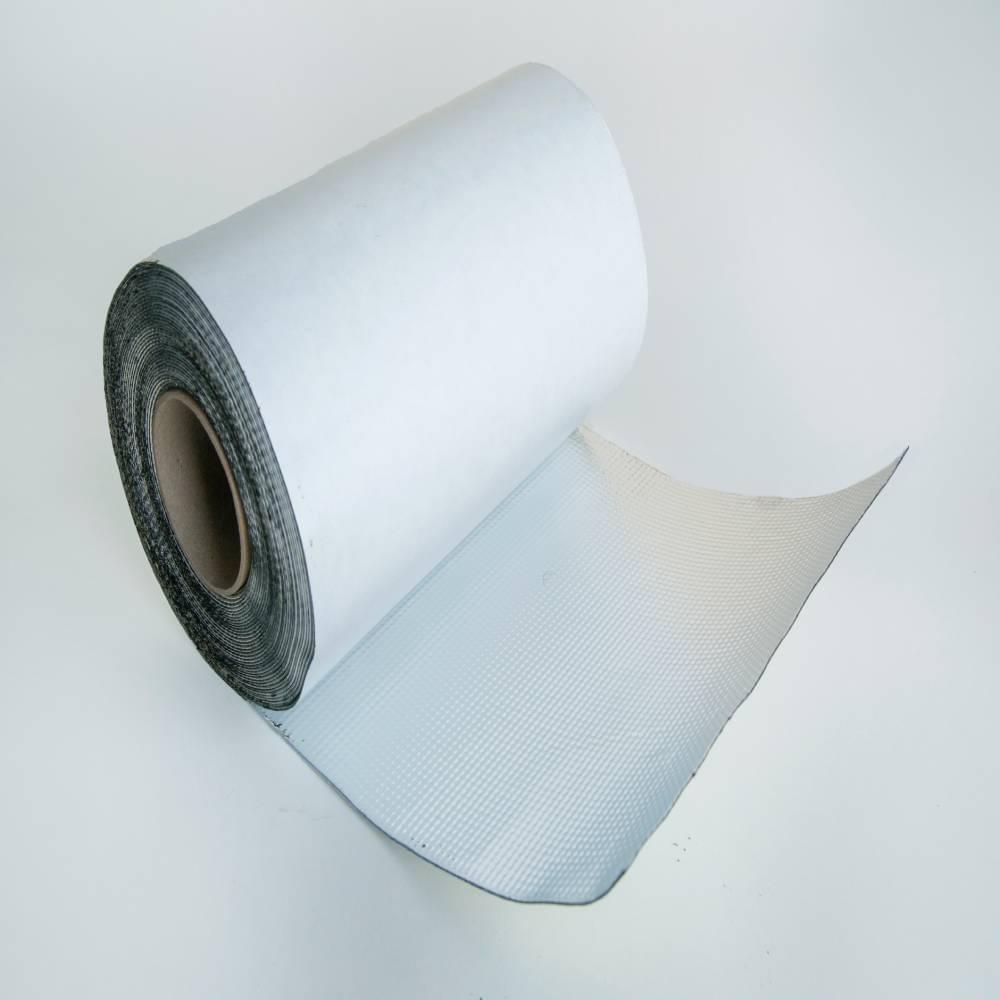How to Choose the Right Sound Deadener for Your Vehicle Type
When we think about the comfort and quality of our drives, sound plays a significant role. Noise can be an unwelcome guest on any journey, whether you're commuting in a car, transporting goods in a truck, or exploring the country in a camper. We understand the importance of creating a quiet, peaceful environment inside your vehicle, which is why choosing the right sound deadener is crucial. Sound deadening materials not only reduce the noise you hear from the road and the engine but also enhance the overall audio quality of your rides, making conversations and music listening more enjoyable.
Selecting the best sound deadener for your vehicle involves understanding various factors that can influence the efficacy and application of these materials. It starts with recognizing the unique needs of your vehicle type, the specific areas where noise reduction is most needed, and the characteristics of different sound deadening products. In today's blog, we’ll guide you through these considerations, compare different types of sound deadening materials, and give you some practical tips on installation. We'll also share advice on maintaining the effectiveness of your sound deadening system to ensure long-lasting performance.
Factors to Consider Before Choosing a Sound Deadener
Choosing the right sound deadener for your vehicle is not just about purchasing the first product you come across. We need to consider a few key aspects that can significantly affect the performance of the sound deadening material and your overall satisfaction with the end result. First and foremost, think about the specific needs of your vehicle. Different vehicles will experience different types of noise. Trucks, for example, might require more robust sound deadening materials to handle the higher levels of noise from diesel engines and heavy-duty road use.
The type of noise you are trying to block or absorb should also influence your decision. Are you more concerned about engine noise, road noise, or both? Understanding the primary source of noise can help you choose a sound deadener that best addresses that specific problem. Additionally, consider the material’s installation process. Ideally, you want a material that you can install easily or with professional help without major modifications to your vehicle. Finally, think about the durability of the material. Your sound deadening should withstand the test of time and exposure to the elements, ensuring that your vehicle remains quiet for years to come.
Comparing Different Types of Sound Deadening Materials
When it comes to sound deadening materials, the options are plentiful, each with its unique properties and levels of effectiveness. Let’s break down the most commonly used types in the automotive industry:
- Rubberized Asphalt: This material is known for its ease of application and effectiveness in reducing road noises and vibrations. It's typically used in panels and is a reliable choice for many car owners.
- Mass Loaded Vinyl (MLV): Heavy and dense, MLV is exceptionally effective at blocking airborne noises. It’s perfect for use in areas where you want to severely reduce noise penetration, such as the cabin area of trucks and large vehicles.
- Spray Foam: This type of material is great for reaching those hard-to-access areas. It can reduce overall resonances and dampen sounds, but is generally less effective at blocking noise compared to MLV.
- Polyethylene: This is a lightweight, closed-cell foam commonly used under carpets for improved insulation and sound damping. While not as heavy or dense as MLV, polyethylene is an excellent option for those who are concerned about adding too much weight to their vehicle.
Each of these materials offers different benefits, and the best choice often depends on the specific requirements of your situation, including the vehicle type, the noise level, and the area of application.
Installation Tips for Sound Deadeners in Various Vehicle Types
Installing sound deadeners in your vehicle can seem daunting, but we're here to help simplify the process. Whether you're outfitting a car, truck, or camper, the basic steps remain relatively similar, though there are a few nuances to consider. First and foremost, ensure the surface area is clean and free from dirt or grease. This preparation step is crucial for ensuring that the sound deadening material adheres properly and performs optimally.
For cars, focus on the doors, floor, and trunk as these areas are most susceptible to road noise. Applying sound deadener in these spots can dramatically reduce the noise level inside the cabin. In trucks, pay special attention to the cabin area and the firewall—the barrier between the engine and cab. The large engines found in trucks can generate a lot of noise, so adding an extra layer of protection here can make a significant difference. Campers benefit greatly from sound deadening not just for noise reduction on the road, but for better insulation and privacy when parked. Apply materials to walls and floors to minimize the intrusion of external noises and keep the internal environment serene.
Maintaining Your Sound Deadening System for Optimal Performance
To ensure your sound deadening system remains effective over time, regular maintenance is key. This involves inspecting the material periodically for any signs of wear or detachment. Over time, some adhesives may weaken, especially in temperature extremes, which are common in automotive environments. If you notice any edges peeling or sections coming loose, it’s important to address these issues promptly to prevent further deterioration.
Cleaning the areas around the sound deadening material is also important. This doesn't mean you need to clean the sound deadener itself, which can be delicate, but keeping the surrounding areas free from dust and debris can enhance the overall environment and ensure no extraneous materials compromise the adhesive or the barrier itself. Additionally, be mindful of moisture—although many sound deadening materials are designed to be moisture resistant, prolonged exposure to dampness can reduce their efficacy and lifespan.
Conclusion
Choosing and maintaining the right sound deadening system can transform your driving experience. By significantly reducing noise pollution in your vehicle, you elevate not only the comfort but also the value of your car, truck, or camper. We’ve walked through how to choose the right materials based on your vehicle type, how to properly install these materials, and how to maintain their condition for lasting performance.
If you’re ready to reduce noise and enhance your driving experience, consider exploring the options available at B-Quiet. Our extensive range of vehicle sound deadening products is designed to meet the needs of any vehicle, ensuring your rides are quiet and your travels are peaceful. Check out our selection and take the first step toward a quieter vehicle today.


